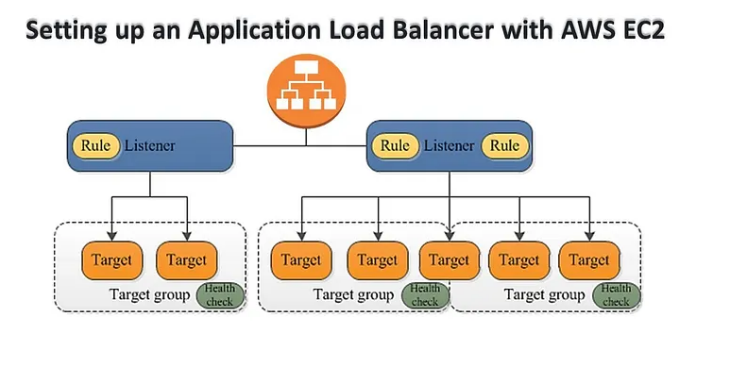Application Load Balancer: The Layer 7 Revolution

Classic Load Balancer shipped in 2009 and became a tech debt monster by 2016: 3 microservices = 3 load balancers = $150/month just for routing.
ALB fixed this with Layer 7 intelligence: one load balancer could route traffic based on paths, hostnames, and HTTP headers.
The Problem
CLB worked fine for one big app per load balancer. But by 2016, everything was microservices:
GET /api/users → User Service (port 3000)
GET /api/products → Product Service (port 3001)
GET /images/* → Image Cache (port 8080)
GET /* → Web Frontend (port 3000)
With CLB, you needed 4 separate load balancers (one per service). 4 × $30/month = $120/month, plus management overhead.
What ALB Did
Path-based routing meant one load balancer could intelligently distribute traffic:
ALB listens on :80/:443
├─ /api/* → route to API target group
├─ /images/* → route to Image target group
└─ /* → route to Web target group
Same for host-based:
api.myapp.com → API target group
images.myapp.com → CDN origin
www.myapp.com → Web target group
And dynamic port mapping (critical for ECS):
EC2 instance 1 runs:
- Microservice A on port 3000
- Microservice B on port 3001
- Microservice C on port 3002
ALB automatically discovers + routes to all 3
Why It Mattered
ALB was perfect for containerized workloads. When you run 5 containers on the same EC2 instance, each on different ports, you need intelligent routing. ALB was designed for this.
Performance:
- Latency: ~5ms (vs. CLB’s ~8ms, not huge)
- Throughput: 1–3M RPS per load balancer
- Features: WebSockets, HTTP/2, Gzip compression
Market impact:
- By late 2016: ALB became the default for new deployments
- By 2017: ALB shipped more units than CLB
- By 2020: CLB was legacy; ALB was standard
The Missed Insight (Almost)
Early ALB design proposed “just make it faster than CLB.” But the winning feature wasn’t speed—it was architectural simplicity.
One load balancer instead of three meant:
- 75% lower operational overhead
- Fewer DNS entries to manage
- Simpler monitoring and alerting
- Fewer things to break
This taught me: in infrastructure, simplicity beats performance. A 10% faster system that requires 3x the management loses to a simpler system every time.
ALB proved that constraint: better operational model > better specs.